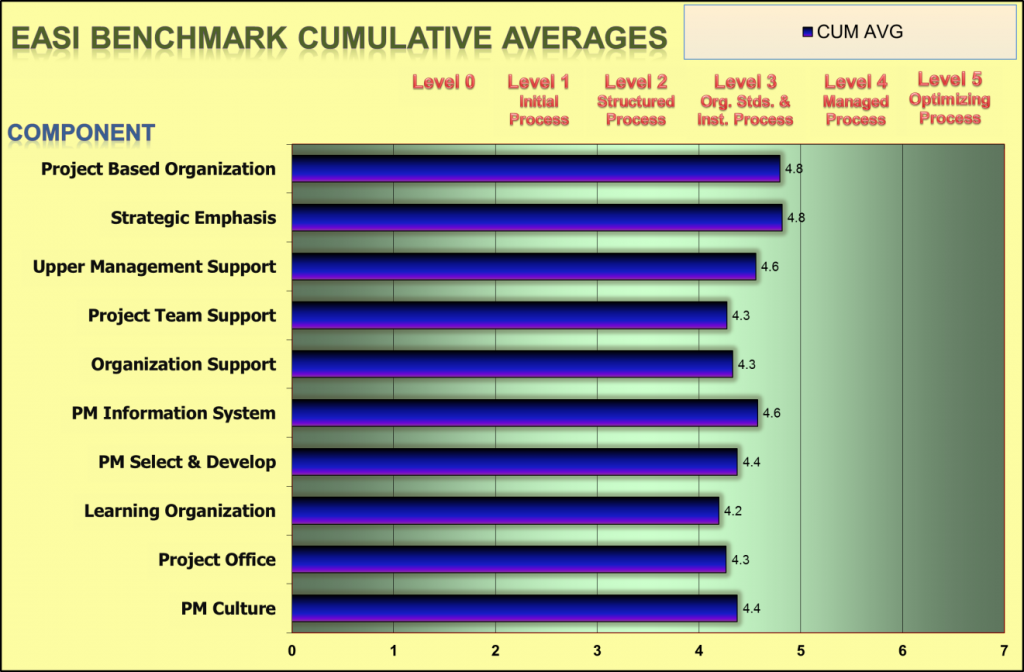When he does not get the results he desires, the singer of a classic song asks the question, “What kind of fool am I?” Or when entering an unfamiliar structure or organization, a person may ask, “What kind of place is this?” Both questions move the questioner into a new stage of learning or development.
I have found myself, like many others, just jumping into a new project with the attitude, “Just do it!” This is great to take action and demonstrate evidence of being a fast starter. However, there is more a complete project manager can do to prepare for a better outcome.
Assessing both the environment and the attitude of project sponsors is a vital step on this path. Having the skills and the best of intentions is not enough to guarantee success if the environment is toxic or management is not supportive. Equally talented project managers achieve vastly different results, largely dependent on the environment. Over time I developed assessment tools that enable both me and others to look at things differently…or at least to have data that supports our suspicions. One is the Environmental Assessment Survey Instrument (EASI). Participants in seminars or online courses find this tool effectively begins the learning process. For example, “I found this survey to be enlightening in many ways. The organization that I reviewed has a stronger Project Management Culture than I would have thought had I not answered those questions specifically, and conversely, has poorer Strategic Emphasis and Project Team Support than I would have predicted. This survey did serve to highlight some areas that clearly need improvement, but also encouraged me to consider issues and ask questions about the project and environment that I hadn’t considered before.”
Another tool is the Sponsor Evaluation Survey. Here is one reaction: “The total sponsor factor score is 67 which in the high range of Low Risk/Opportunity. This is great since it shows that the stakeholders’ performance is out there to support whatever it takes for project success. The Project was a complete success—receiving a score of 6–since over time the project contributed significant value and is exceeding expectations. In moving forward to build upon strengths and improve performance, such as coaching the sponsor, I recognized the one thing that we could use to build on is that we have a change process where we constantly improve, clarify, and update the requirements for a robust product. Sponsors are included in the process to acknowledge and concur on these changes.”
Upon completing these assessments, I urge people to review your answers to see how you scored your project environment relative to other participants. If you scored near the median, you are in the 50th percentile. The percentile table allows you to determine in what specific percentile you fall based on your average score in each of the ten components.
Use this data as a guide for preparing action plans following an ActionPlan template.pdf file. The blank template can be edited from within Adobe Acrobat. You may also create your own plan following the template but not using the supplied file.

For areas where you scored high, what action steps can you do to reinforce and expand the practices that led to that high score? Look for opportunities to share these best practices with others.
For areas where you scored low, what action steps can you propose to do differently or discover practices that will improve your score? Seek inputs from others who scored higher in these areas.
The benchmark scores help determine where you are compared to others. The surveys serve as great conversation starters. Use the data and action plans to communicate with others about the need and means to build upon strengths and improve project environments.
The intent is to assess your environment and then identify practices that can be adopted, adapted, and applied in your organization. A sample filled in template provides example action steps that may increase your competitive advantage. Describe efforts that contribute to creating an environment more conducive to project success. As the source for the environmental assessment, use the Graham/Englund book Creating an Environment for Successful Projects: Second Edition as a guide. For the sponsor assessment, consult our book on Project Sponsorship: Achieving Management Commitment for Project Success. Join Alfonso Bucero and myself to discuss these topics in Orlando at the PMI Seminar on The Complete Project Manager, happening June 18-21. All assessments and templates mentioned are available at www.englundpmc.com in the “Offerings” tab.
Best regards,
Randy Englund, Englund Project Management Consultancy
